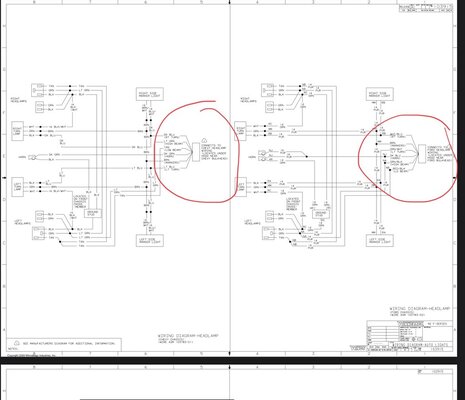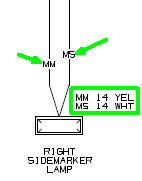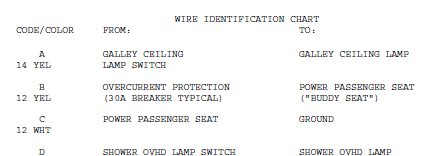lrook
New member
HI all
since two years i am the owner of a 1994 Winnebago Brave rc23 (prepped for 230 by Winnebago Europe)
I remodeled the interior, changed the tyres worked on the engine etc and removed the generator/airco and Micro-wave and installed a inverter and solarpanels.
I now face an electrical problem MY taillight and tail contour lights are no longer working.
We checked the fuseblock underneath the dash but cant find any defects, any body knows which fuse is for the tail-lights and where is it located
the brakelight and turnsignals are all working.
regards Lars
since two years i am the owner of a 1994 Winnebago Brave rc23 (prepped for 230 by Winnebago Europe)
I remodeled the interior, changed the tyres worked on the engine etc and removed the generator/airco and Micro-wave and installed a inverter and solarpanels.
I now face an electrical problem MY taillight and tail contour lights are no longer working.
We checked the fuseblock underneath the dash but cant find any defects, any body knows which fuse is for the tail-lights and where is it located
the brakelight and turnsignals are all working.
regards Lars



